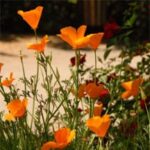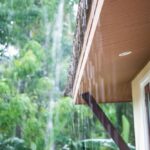Transform your garden into a pollinator paradise! Learn practical tips to attract bees, butterflies, and hummingbirds with native plants, diverse flowers, and safe practices.
Want to bring more life, beauty, and ecological balance to your garden? Attracting pollinators – like bees, butterflies, and hummingbirds – is key. These vital creatures play a crucial role in plant reproduction, ensuring your flowers bloom, your vegetables produce, and your local ecosystem thrives. Creating a pollinator-friendly garden is easier than you might think. By implementing a few practical strategies, you can transform your outdoor space into an irresistible haven for these beneficial visitors.
Plant Native Flowers
The single most effective way to attract local pollinators is by planting flowers that are native to your region. These plants have evolved alongside native pollinators, providing the specific nectar and pollen sources they need. Choose a variety of native species that bloom at different times throughout the growing season, from early spring to late fall. This ensures a continuous buffet of resources for pollinators throughout their active period.
Diverse Planting
Don’t limit yourself to just one type of flower. Incorporate a diverse mix of plant types, including annuals, perennials, and even shrubs. Pollinators are attracted to a wide range of flower shapes and colors. Different pollinators have different preferences, so a variety will attract a greater number of species. Consider incorporating flowers with different bloom times, heights, and structures to cater to a wider array of visitors.
Avoid Pesticides
Pesticides, even those applied to control unwanted insects, can be incredibly harmful – and often fatal – to pollinators. Minimize or, ideally, eliminate their use in your garden. If pest control becomes necessary, opt for organic or natural methods that are less likely to harm beneficial insects. Consider strategies like companion planting or introducing natural predators to manage pests.
Provide Shelter
Pollinators need places to rest, nest, and seek refuge from predators and harsh weather. Include areas in your garden that offer shelter, such as brush piles, rock piles, or even leaving some areas of your garden a bit “wild” with undisturbed leaf litter and stems. These natural elements provide crucial habitat for various pollinator species.
Water Source
Just like us, pollinators need water. Provide a shallow water source in your garden with stones or pebbles for them to land on safely while drinking. A bird bath with shallow areas or a saucer filled with water and pebbles works perfectly. Ensure the water is clean and refreshed regularly.
Plant in Clusters
Instead of scattering individual plants throughout your garden, group them in clusters. Pollinators prefer to visit multiple flowers of the same type in close proximity, as it makes foraging more efficient. Larger patches of the same flower are more visually appealing and easier for pollinators to locate.
Create a Sunny Spot
Most pollinators are attracted to sunny areas where flowers are in full bloom and nectar is readily available. Ensure there are sunlit spaces in your garden that receive at least six hours of direct sunlight per day to create an inviting environment for these sun-loving creatures.
Conclusion: Cultivating a Pollinator Paradise
By implementing these simple yet effective strategies, you can transform your garden into a vibrant and welcoming environment for pollinators. Not only will you enhance the beauty of your outdoor space, but you’ll also be contributing to the crucial ecological health of your local environment. So, get planting, provide shelter and water, and watch as your garden buzzes with life!



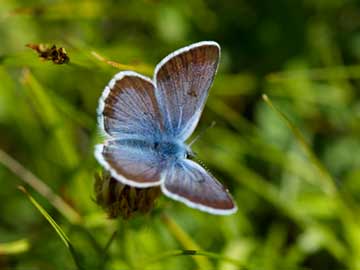
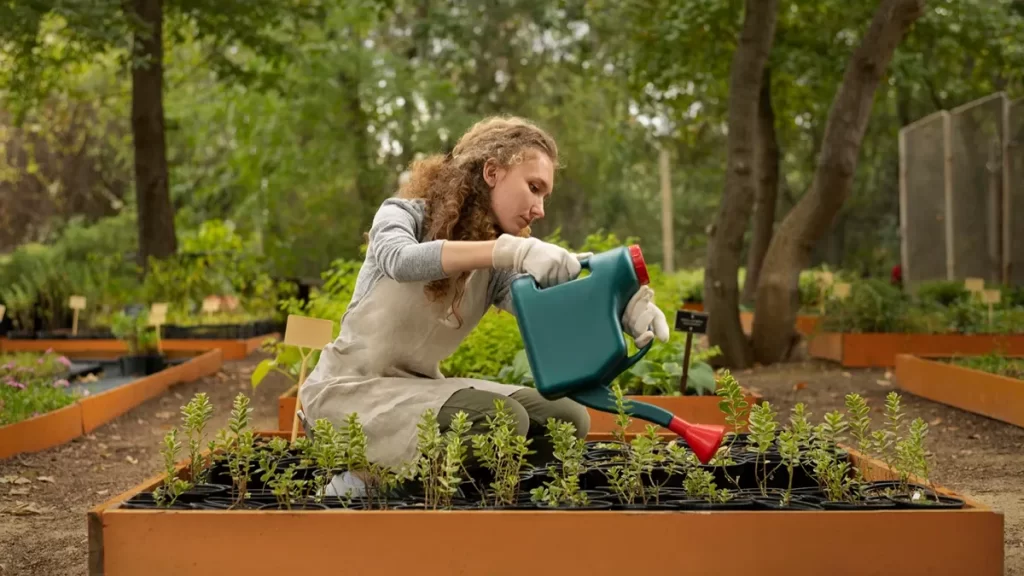
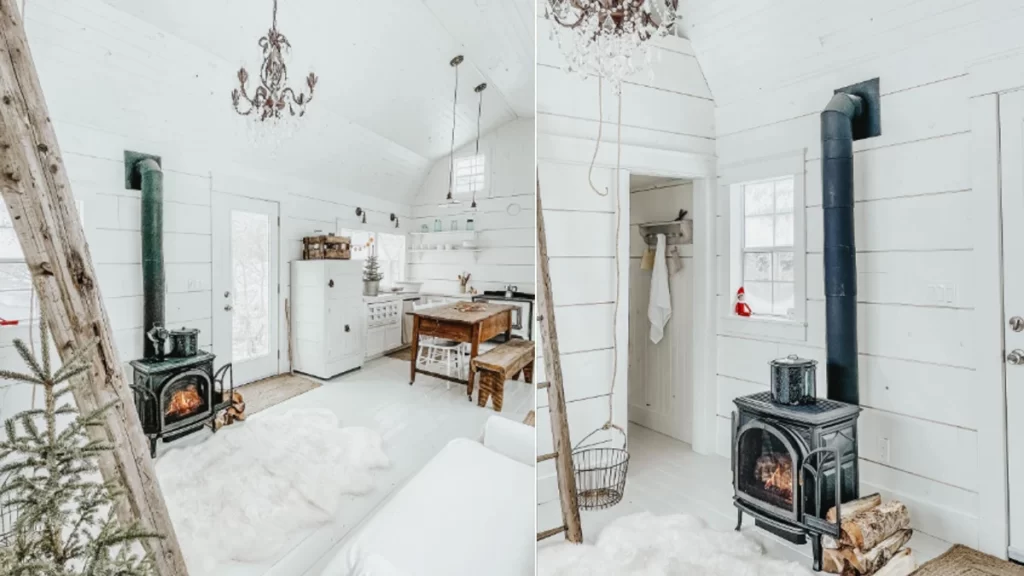
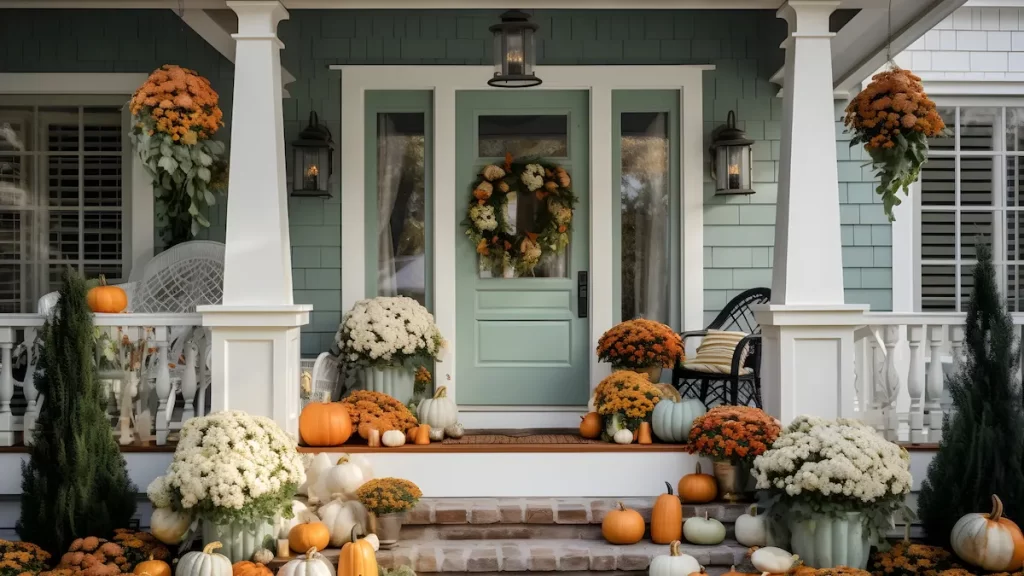
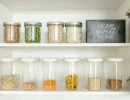
 Don Vandervort writes or edits every article at HomeTips. Don has:
Don Vandervort writes or edits every article at HomeTips. Don has:
